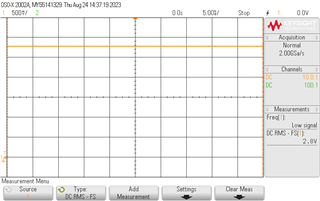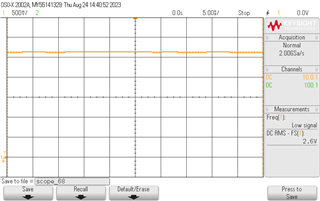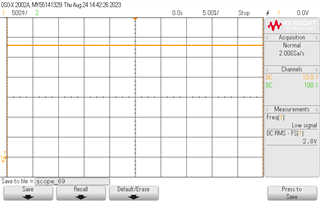Hi i want to sense grid voltage and cutoff operation with hysteresis band using TLV3201

i designed with 185V ac ON and 175V ac off,Hysteresis band is almost 400mV
when i tried testing UV opamp alone,ON happens at 210V AC and off happens correctly at 175V
help me to figure out the issue
Thanks in advance




